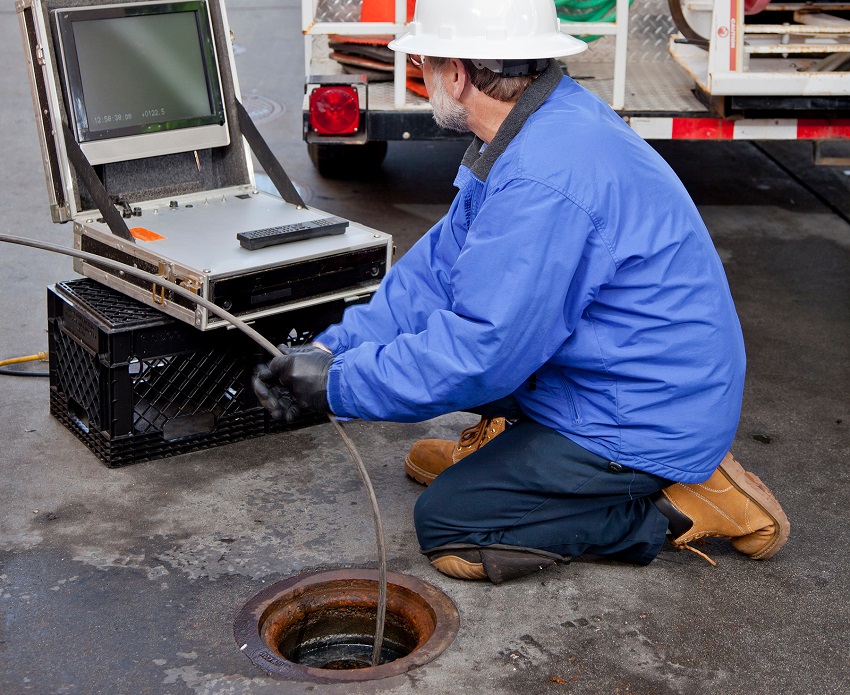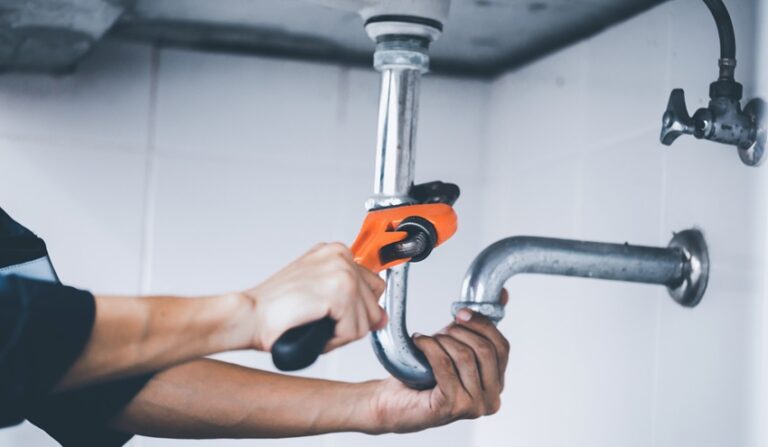In order to avoid the cost of clueless digging or even damaging a network of cables while at it, a small tool with a broad range of frequencies is used – the underground pipe scanner. With it, you are able to locate different types of cables and pipes with the exception of a few none-conductive lines. While the technologies it currently uses have remained the same, the type of cables and pipes have changed a lot since its first introduction about 4 decades ago. Curious how this small tool operates? Well, let’s dive right into it.

Signals
A passive signal occurs naturally around a conductor or in the case with pipe and cable detectors – around an underground utility. Some examples of the passive signal are the earth return current coming from power systems using metal pipes or cable sheaths, the current flow along an electric supply cable, and radio frequency currents generated by low-frequency radio transmissions that flow along a buried utility. They are only used to detect utilities but not to identify them.
Active signals are generated intentionally with the help of the transmitter located in the underground pipe scanner. This way utilities are identified by sending the signal directly through either a direct connection or induction. The way that an active signal is used allows the user to trace and locate the utility and at the same time determine its depth – just by using the receiver.
Techniques
The above mentioned direct connection is one of the two possible ways an underground pipe scanner can operate. With this technique, connection clips or a transmitter clamp is needed. It works by plugging a connection cable in the transmitter output socket and then connecting it directly to the targeted line. Connection clips (and leads) are mainly used in a different method in order to locate secondary water, gas, and electric.
Searching for abandoned, inaccessible or even unknown utilities with the receiver, is called a passive sweep technique. To perform the passive sweep, the user traverses a survey grid in power mode by using the receiver blade in line with the direction of movement at right angles with utilities that may be crossed. Whenever a utility is detected it is automatically traced, pinpointed and marked, and after all the utilities have been recorded properly and the grid has been traversed in both directions, the entire process is repeated in radio mode in case there are utilities radiating VLF radio signals.











